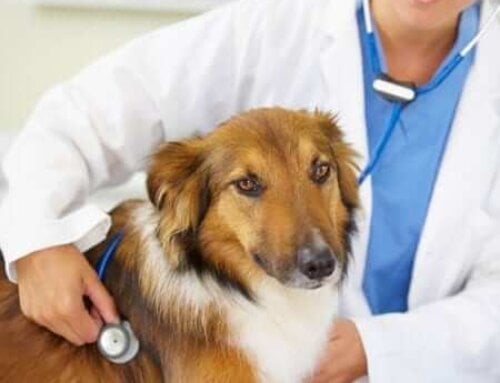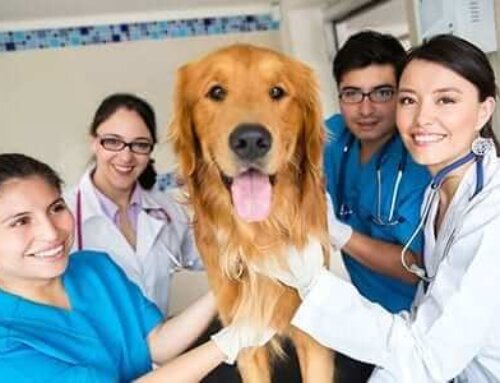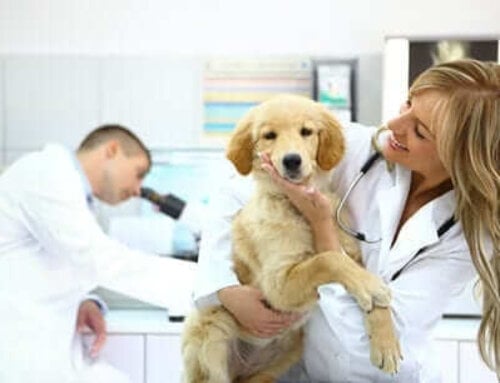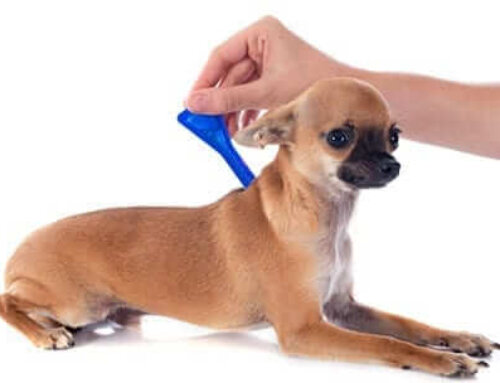One of our readers asked me this week to write about when to “let go” when a pet is struggling with medical issues. This is such a difficult subject. We’ve all been through loss. Some loss hurts more than others. Sometimes we can’t fathom going on without a loved one. Sometimes it takes years to overcome the sorrow of loss. Sometimes we never get over it. Sometimes that loved one is a pet. Unfortunately, pet owners have to make big choices as to the medical treatment of a pet, including end of life decisions.
What we do for our pets is fundamentally what we would do for ourselves, what we would personally endure medically to beat or manage a disease. This goes beyond finances and available local medical expertise. This is a very personal choice. For example, I personally think it unlikely that I would put myself through chemotherapy if I get cancer. I hope I don’t ever have to find out! I’m all for medication and I’d be fine having some part of me amputated or having some other surgical procedure and probably even radiation. Nonetheless, unless there was a pretty darned good chance of ridding myself of cancer, I don’t know that I’d take chemo. I’ve seen it do wonders for friends and for veterinary patients, but I’ve also seen some nasty side effects. As I’m unlikely to put myself through chemo, I am less apt to put one of my family pets through it (unless there was a high rate of success). Since there has been a fair bit of cancer in my family I’ve thought this through. Again, it comes down to an individual choice and every situation and prognosis is a bit different. My last 2 dogs had cancer and I did not opt for chemo.
Diagnoses like cancer or organ failure often proceed to a quick demise. More commonly in medicine, we manage chronic diseases. Particularly with older pets we may be managing several diseases. Sometimes, despite our stellar efforts we are left wondering if the pet’s life still has quality. Hence the question of when to let go.
Over the years I’ve come up with a short list of criteria to help clients make such choices. Rarely can a veterinarian tell a client that it is time. Sometimes when senior pets present for examinations they get so excited in the clinic situation that it is difficult to tell how the pet behaves on a day to day basis. Really, this is a choice that owners must make themselves. My questions to owners struggling with end of life decisions include: Are there more bad days than good days? Does your pet greet you or maintain his or her normal habits? Is your pet still eating? (Food is one of life’s great pleasures). Are we able to control pain? Do you think your pet is enjoying life?
If you do opt to say goodbye, surround yourself with people you love. You don’t need to say a darned thing, but try not to be alone. Of course, there may be some folks who feel the need to be alone, but I think most folks do better with company who know how much our pet meant to us and can distract your mind from the sorrow.
Seek a counselor if needed. Don’t be embarrassed if you need a grief counselor. Remember, pets are the family that we choose. If your aunt is a little on the nutty side, she is still your aunt. We don’t choose our relatives. Dogs and cats are the family we choose. Our relationships with our pets are often more harmonious than relationships with our human family members.
Finally, when you are feeling low, force yourself to redirect your mind to happier times and joyous memories. Loss hurts most when the memories are so good. Honor your pet by remembering the good times. Cherish the memories. When I help send a pet to heaven I often ask pet owners what the pet’s best adventure was.
NOTE: Consult your veterinarian to confirm that my recommendations are applicable for the health needs of your pet.










My heart goes out to anyone who has to say goodbye to their pet. It is enough to break your heart unless you can accept that it was time, which is never easy to decide. Some are easier, such as when a pet stops eating, especially if they lived to eat. My vet gave me some insight that I want to share. She told me to think of 5 things that my pet loved and did regularly, and when my pet was down to 3 of the 5 things, then it was time to really look at her quality of life. It made it easier (not the right terminology – never easy) to make the call to the vet and help my pet have some peace. I hope this helps.
I had a cat with oral squamous cell carcinoma that was found in the back of her mouth in Oct. 2013 when she was 15 years old and her cancer was not found in its early stages. I was told that her chances of making it for even one year was less than ten percent. She recently passed at age 17, one year and nine months almost to the day after the cancer was first found. After six months of what amounted to nothing more than glorified bandaid therapy from the Vet, I saw that it wasn’t going to work so I struck out on my own and entered into the world of alternative medicine. No more trips to any vet. I went to war big time. I saw this very aggressive cancer back down and I kept my kitty for another one year and three months after I began treating her myself. I had to use more than one protocol and I studied day and night figuring out new ways to battle this deadly enemey.
What I used: The last thing I was using was IP6/Inositol, CoQ10, Artemisinin and mushroom supplements. The IP6 is a chelator and it binds the iron in the cancer cells so that they cannot reproduce. The Inositol enhances the effectivement of the IP6. Cancer cells have a higher iron content than do normal cells. Artemisinin is attracted to the higher iron cancer cells and it tends to leave normal cells alone. When the Artemisinin gains entry into the cancer cells, it forms free radicals and destroys them. Yippee! The only good cancer cell is a dead cancer cell!
I rotated protocols. Another one I used was the very first one I tried way back in the beginning when I needed something that I could start right now, this minute. I know this sounds like snake oil, but I saw positive results – molasses and baking soda. After I did more research and ordered supplies, I added tripple blend Shitake, Maitake and Reishi mushrooms standardized and Maitake D fraction standardized. Artemisinin (given with fat) was also added to this protocol. I didn’t give everything at the same time. I used this protocol for quite some time and my kitty enjoyed some of her best days while on this. I tried using the mushrooms as a stand alone cancer treatment, but it wasn’t enough so I added the Molasses/Bkg Soda and Artemsinin back in and I saw the cancer back down. Later on, I discovered “the mini protocol for treating any cancer in dogs and cats” which uses IP6/Inositol, Artemisinin with a fat, CoQ10, & mushrooms. The IP6/Inositol has very little taste which makes it easier to give. Mushrooms were also easy to give as they have a rather mild taste. Artemisinin, however, tastes bitter and it also needs to be given with fat. It can be disolved in coconut oil or flaxseed oil and I’ve even used butter. I used what I already had.
Is any of this proven? Not by the FDA in this country, but other countries have been using what we call Alternative Medicine for quite some time with success. Sometimes you’ve got to get out of the box if you want to succeed.